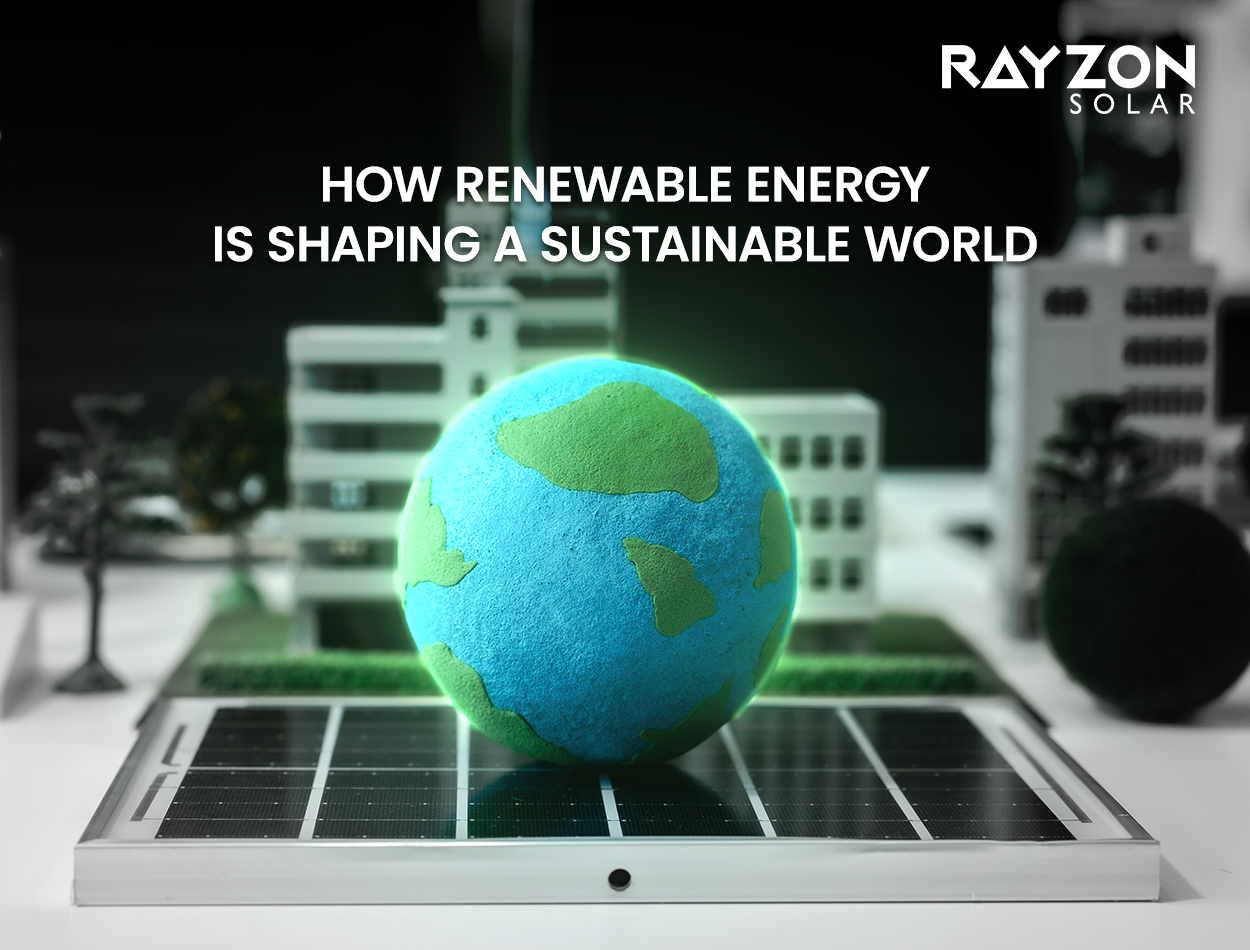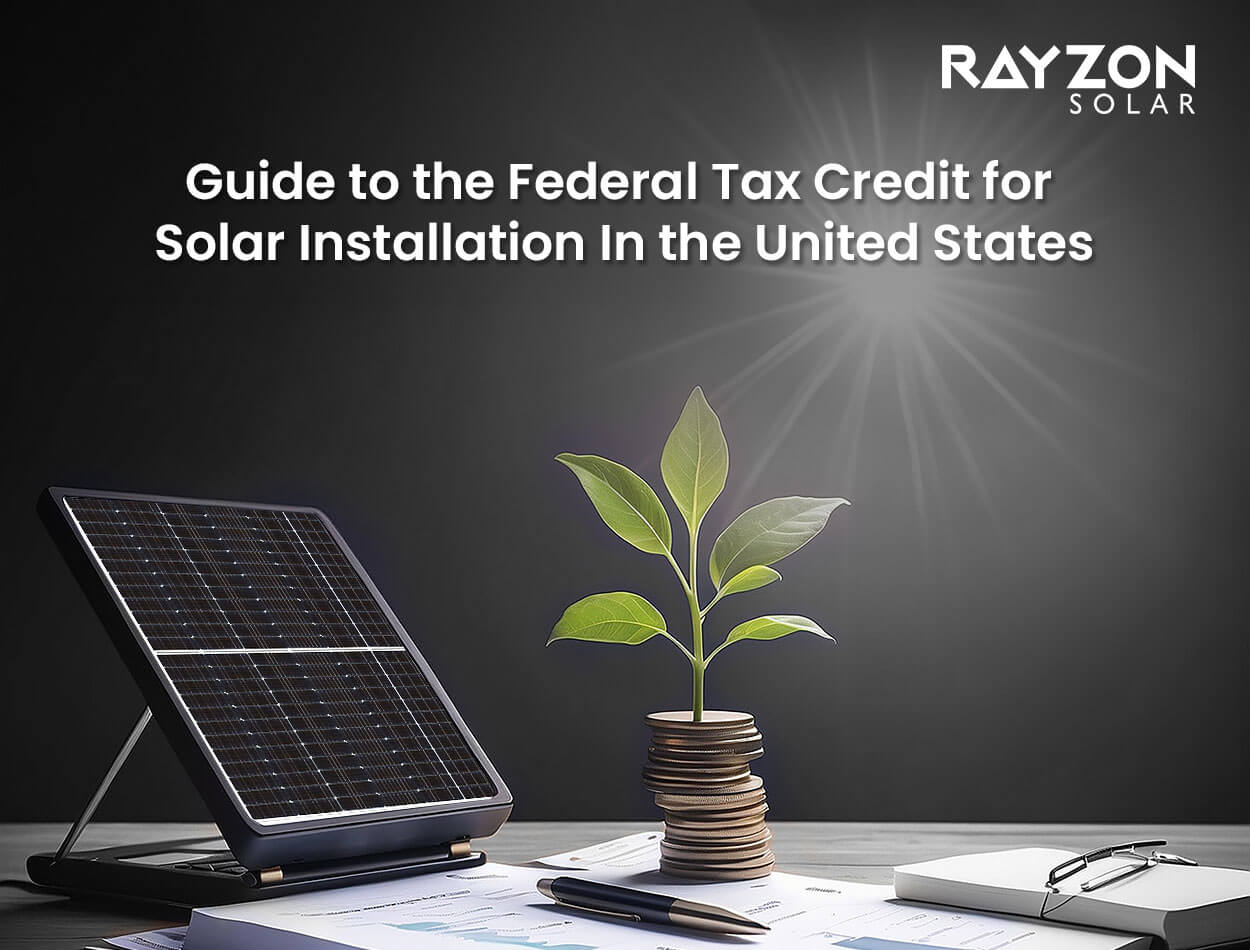
India’s Renewable Energy Roadmap for 2030: Key Milestones in 2025
India stands at a pivotal moment in its energy transition journey. With a bold vision to become a global leader in clean energy, the country has pledged to achieve 500 GW of non-fossil fuel energy capacity by 2030. This commitment reflects India’s strategic shift towards sustainability, driven by the twin goals of energy security and climate responsibility. As the world's third-largest emitter of greenhouse gases, India recognises the urgent need to transition from coal-dominated power systems to renewable energy sources like solar, wind, hydro, and bioenergy. This ambitious roadmap is not just about adding capacity—it’s about reshaping the entire energy ecosystem to ensure a greener, more resilient future.
The clean energy vision is deeply rooted in India's broader climate objectives, including the target to meet 50% of its electricity needs from renewables and achieve net-zero carbon emissions by 2070. Government initiatives such as the National Solar Mission, Green Hydrogen Mission, and Production-Linked Incentive (PLI) schemes for solar manufacturing are accelerating this transformation. By 2025, India will have already crossed key benchmarks in installed renewable capacity and policy reforms. This momentum, if sustained, positions India not only to fulfil its domestic goals but also to lead global efforts in sustainable energy development, creating green jobs, reducing dependency on fossil fuel imports, and contributing to a healthier planet.
A Snapshot of 2025: Renewable Energy Milestones
As of March 2025, India’s installed renewable energy capacity reached 220.10 GW, a sharp increase from 198.75 GW the previous fiscal year. Combined with large hydro and nuclear, the total non-fossil energy capacity now stands at 217.62 GW.
| Metric | Status (2025) | Target (2030) |
|---|---|---|
| Total RE Installed Capacity | 220.10 GW | 500 GW |
| Solar Energy Installed | 105.65 GW | ~300 GW |
| Wind Energy Installed | 51+ GW | ~111 GW |
| Non-Fossil Fuel Capacity | 217.62 GW | 500 GW |
| Renewable Share in Power Mix | ~27% (Est.) | 50% |
These milestones are a clear indication of India’s aggressive pursuit of its renewable energy roadmap.
Solar Energy Expansion: India’s Brightest Growth Story
Solar energy continues to dominate India's clean energy landscape. In FY 2024–25 alone, the country added a record 23.83 GW of solar capacity, pushing the total to 105.65 GW. Solar power now represents 47% of India's total renewable capacity.
Breakdown of India’s solar installations (2025):
- Ground-Mounted Solar: 81.01 GW
- Rooftop Solar: 17.02 GW
- Hybrid Projects: 2.87 GW
- Off-grid Systems: 4.74 GW
This strong growth aligns with initiatives like the PM Surya Ghar Muft Bijli Yojana, which aims to encourage rooftop solar adoption in urban households. You can learn more here.
Explore our detailed article on Choosing the Best Solar Panels for long-term savings and efficiency.
Wind Energy Progress: Steady but Needs a Push
India’s wind energy sector crossed the 51 GW mark by mid-2025, a 21% growth from the previous year. While this growth is promising, it is hindered by certain challenges:
- Import dependency on turbine components
- Transmission bottlenecks
- Competitive pricing pressures
The upcoming Green Energy Corridor will play a crucial role in optimising wind output.
Check out how Rayzon is contributing to manufacturing excellence: Top Solar Panel Manufacturer in Gujarat
Government Policies Fuelling the Renewable Surge
India's policy framework has been pivotal in accelerating RE growth. Several flagship schemes include:
- Production-Linked Incentive (PLI): Encourages domestic solar manufacturing
- PM-KUSUM Scheme: Promotes solar pumps in agriculture (Read more)
- Green Energy Corridor: Upgrades the grid for better RE integration
- Surya Ghar Muft Bijli Yojana: Boosts rooftop solar
Explore how policy and business connect: Rayzon Solar Collaboration with Hero Future Energies
Infrastructure & Grid Challenges in 2025
While India is expanding RE at a record pace, infrastructure remains a bottleneck:
- Grid integration is lagging: High-generation states like Tamil Nadu face curtailment due to weak evacuation capacity.
- Storage is limited: Battery and pumped hydro storage solutions are still scaling.
- Smart grids are nascent: Digital upgrades are essential to handle variable energy inputs.
India plans to expand transmission capacity to 111 GW by 2030 and 94 GW by 2027.
Learn how Monitoring Solar Energy Systems can enhance efficiency and reduce wastage.
Domestic Manufacturing & Energy Independence Goals
India is determined to reduce its reliance on imported solar and wind components. The government has issued import restrictions and DCR (domestic content requirement) guidelines.
Efforts are underway to:
- Scale up solar cell and module production domestically
- Encourage Indian turbine manufacturers
- Attract global manufacturers via tax breaks and land allotments
Rayzon Solar’s cell manufacturing plant at Kosamba is part of this vision for self-reliance.
Read how automation is shaping solar panel production.
The Road Ahead: What to Expect from 2025 to 2030
India is largely on track to achieve its 2030 renewable energy targets, but some critical action areas remain:
- Boosting domestic R&D for next-gen PV technologies like TOPCon, Perovskite, and Bifacial panels (Explore Technologies)
- Incentivizing energy storage
- Enabling RE in mobility and smart cities
- Expanding corporate and community solar (See how it works)
The future is green, but only if India continues to build resilient systems that serve people, planet, and progress together.
Community Participation and Decentralised Solar Growth
India’s renewable revolution is no longer confined to large-scale solar parks or government projects; the movement is becoming deeply community-driven. Decentralised solar installations, especially in rural and semi-urban areas, are empowering individuals to become producers of clean electricity. With government subsidies, net metering, and awareness programs, rooftop solar is gaining traction not just in cities but in small towns and villages.
Programs like Community Solar: How It Works are helping bridge the energy access gap. These initiatives allow multiple households to share the benefits of a single solar installation, making renewable power more affordable and inclusive. As we progress toward 2030, such bottom-up energy models will be vital to achieving widespread solar adoption.
India’s Role in the Global Renewable Energy Landscape
India’s renewable energy journey is not just domestic; it’s setting an example globally. With some of the lowest solar power tariffs in the world, India is proving that clean energy can be both economically viable and scalable. Through international collaborations like the International Solar Alliance (ISA) and export partnerships for solar modules, batteries, and technology, India is becoming a renewable energy exporter and thought leader.
Indian manufacturers like Rayzon Solar are contributing to this global impact by maintaining high-quality production standards and pushing innovations in PV technologies. As countries around the world look for clean energy solutions, India’s roadmap serves as a blueprint for balancing growth, inclusion, and climate responsibility.
Conclusion
India’s renewable energy journey is nothing short of inspiring. The milestones achieved by 2025, from surpassing 220 GW in total renewable energy capacity to leading the world in solar energy expansion, showcase the country’s unwavering commitment to a sustainable future. Through strategic policies, massive infrastructure investments, and bold manufacturing ambitions, India is positioning itself as a global clean energy leader. Initiatives like PM-KUSUM and the Surya Ghar Muft Bijli Yojana drive adoption and empower communities at the grassroots level.
However, to fully realise the 2030 vision of 500 GW of non-fossil capacity and 50% renewable electricity share, India must double down on innovation, storage, grid integration, and domestic manufacturing. As challenges around transmission and supply chains persist, a coordinated push involving public policy, private enterprise, and citizen participation will be key. The next five years will define not just India’s energy trajectory but also its role in shaping a global green economy.



